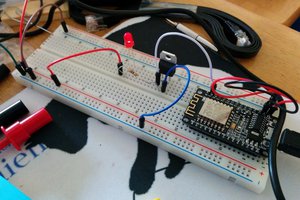The content of this Hackaday project is mostly the project log documenting the exploration and design as it evolved. It doesn't have much in the way of a "how to".
A detailed description of how to build this is in this Instructable: Ventbot, a DIY Home HVAC Vent Booster: Warm Side Cool, Cool Side Warm
The repository for all project design files, both hardware and software is here: https://gitlab.com/wjcarpenter/ventbot
Finally, if you would like a to order the PCB that I designed and used with a couple of clicks, you can do that here:
Ventbot, a DIY HVAC Vent Booster: Warm Side Cool, Cool Side Warm
 WJCarpenter
WJCarpenter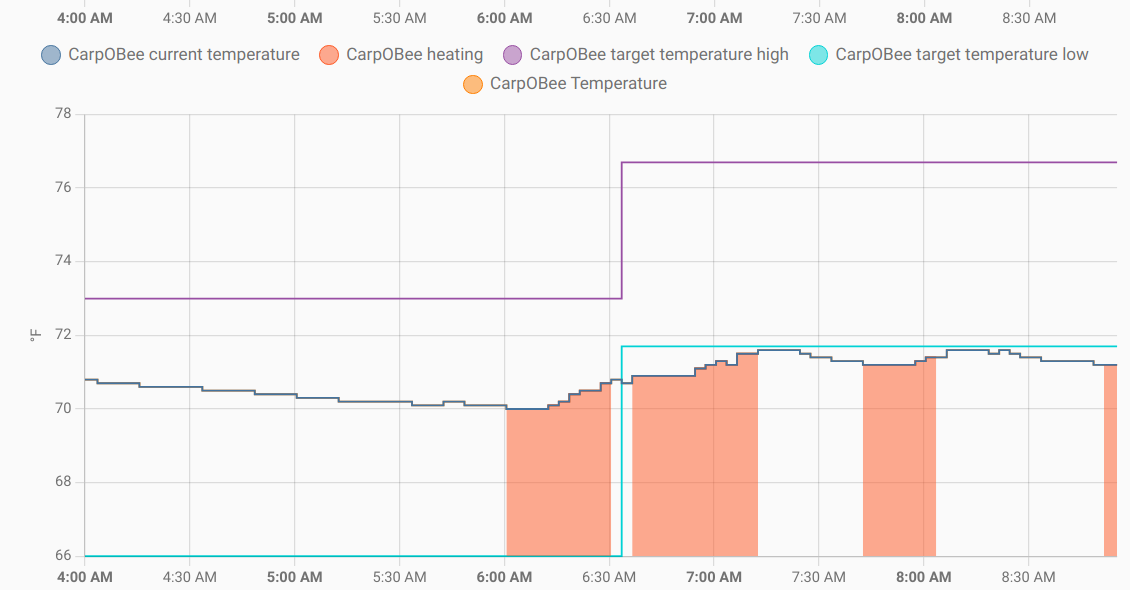
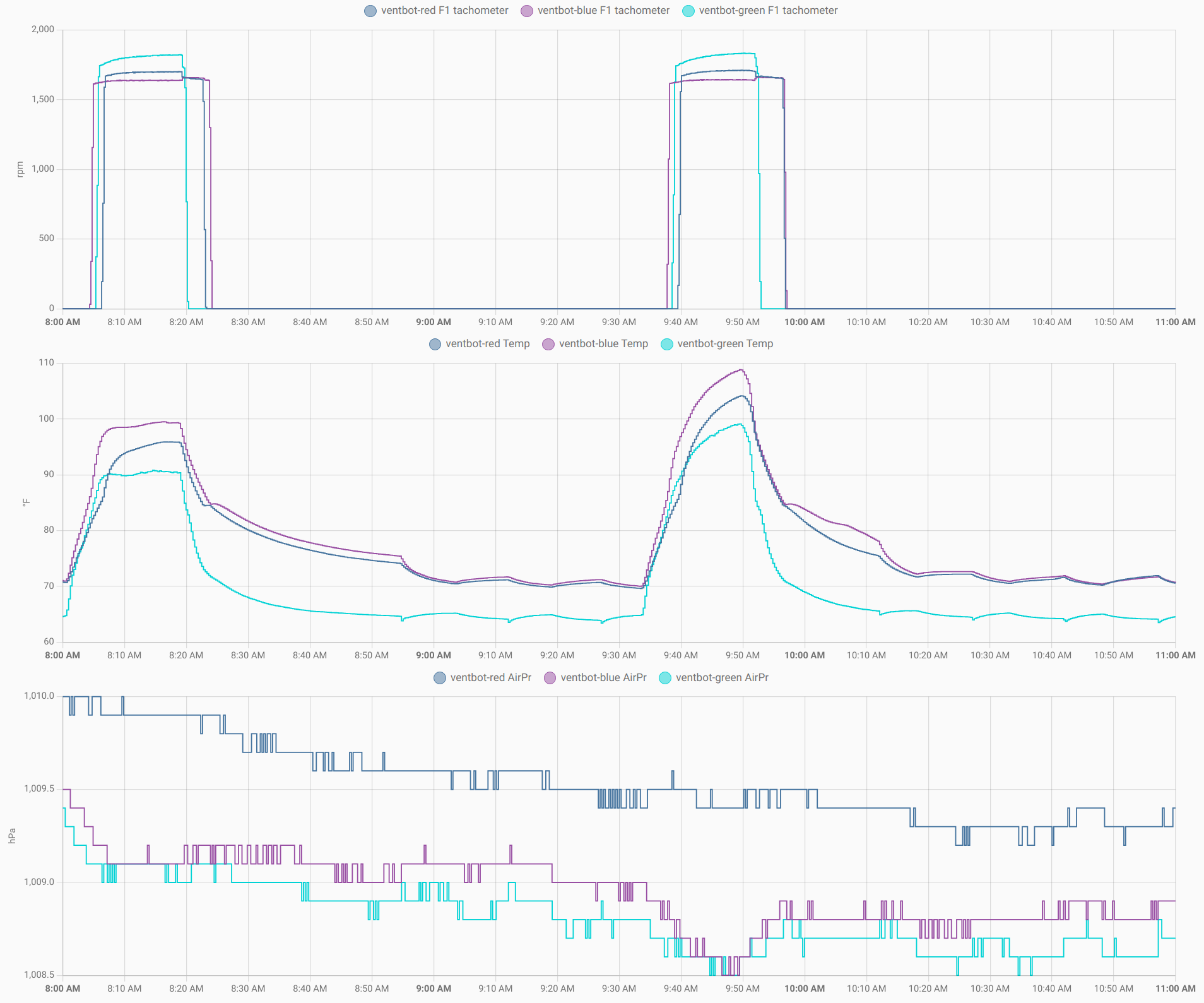

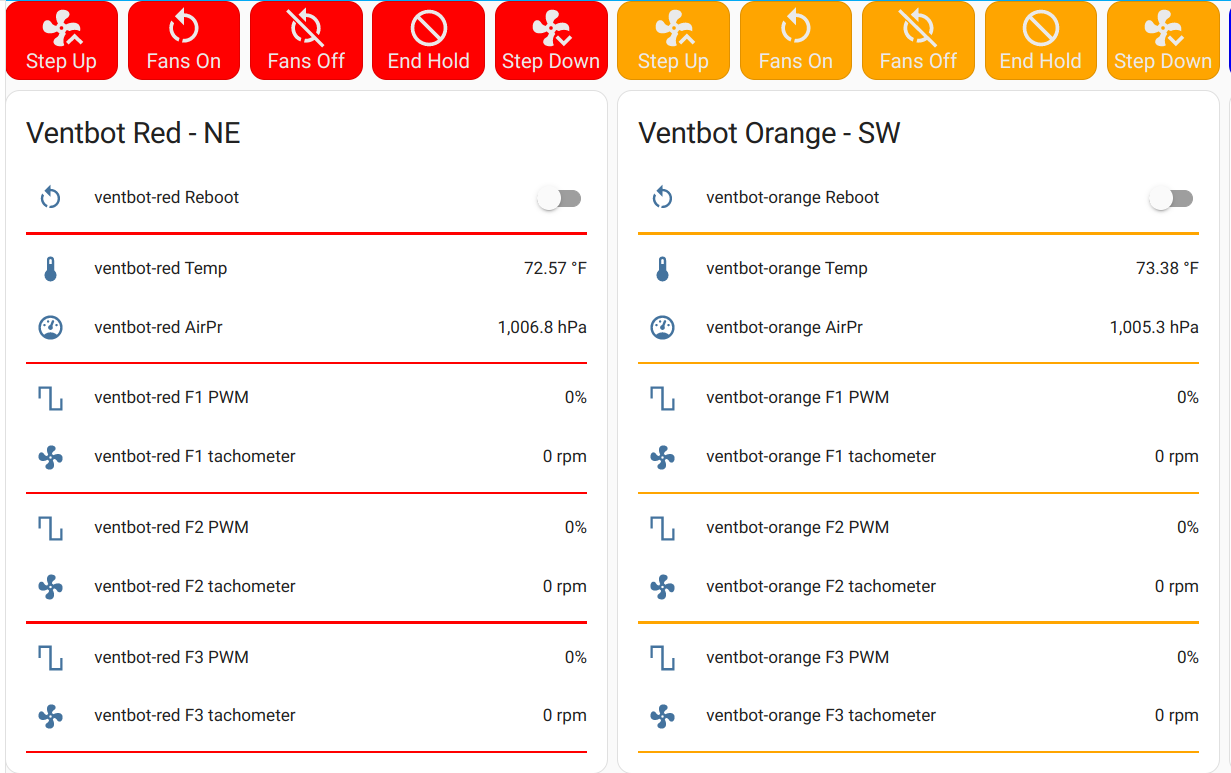



 Mattijs
Mattijs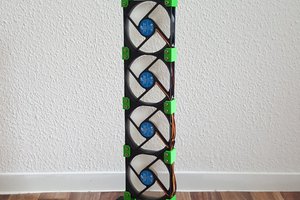
 davedarko
davedarko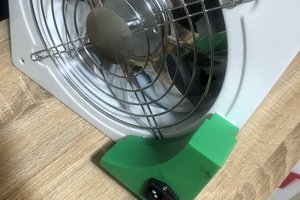
 John Duffy
John Duffy